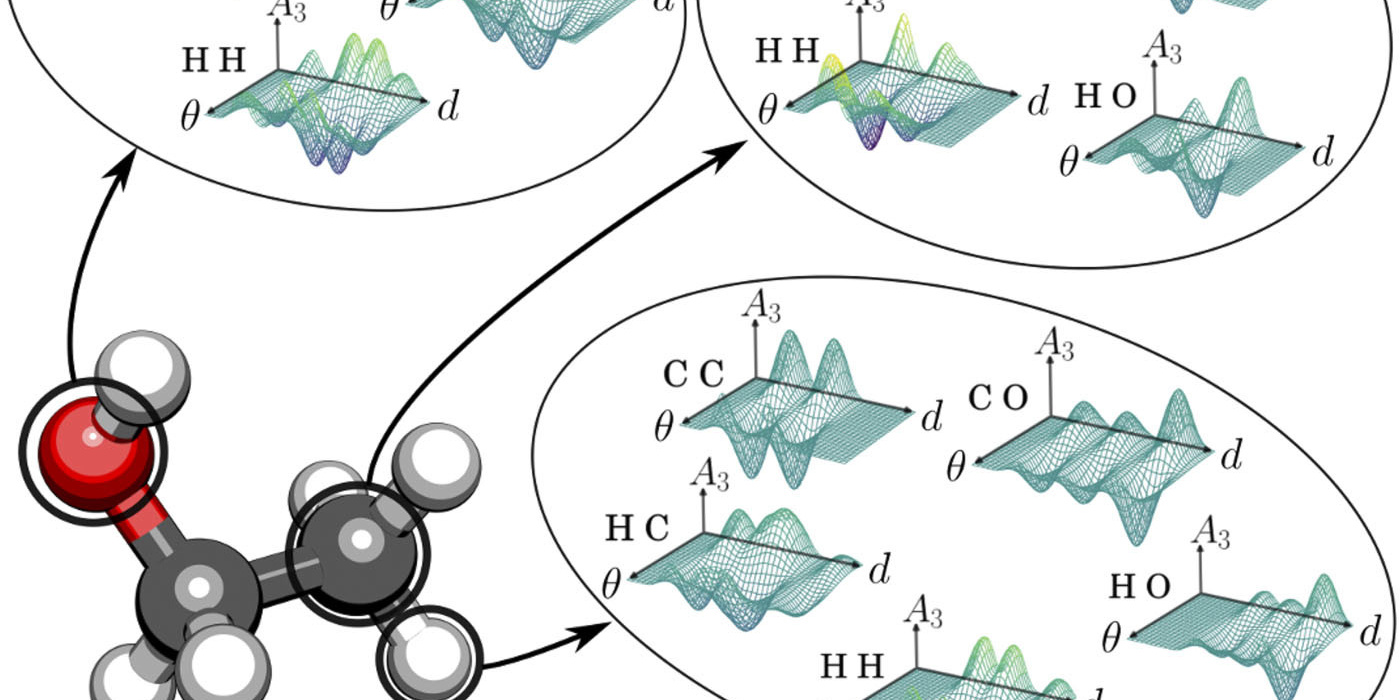
Chemspacelab
Exploring chemical space
Who and what
We are an interdisciplinary team working on theoretical, computational, and statistical learning methods for the physics based understanding of chemical compound space. Our lab was first established in 2013 at the Department of Chemistry, University of Basel, CH, and moved in 2020 (after a brief stint at the Free University of Brussels in 2016) to the faculty of Physics at the University of Vienna, AT. In 2022, we moved on to join the Vector Institute and the Departments of Chemistry and Materials Science & Engineering at the University of Toronto, CA. We are also cross-affiliated to the Department of Physics at the University of Toronto, and we maintain an affiliation to the Machine Learning group at the Technical University of Berlin, Germany (https://www.ml.tu-berlin.de/menue/machine_learning/) in order to continue our ERC Consolidator funded research on the quantum machine learning of chemical reaction profiles in chemical compound space.
Our research falls into the realm of physical chemistry and materials, and relies heavily on theory and coding using high performance computing. Due to the interdisciplinary nature of our work, we make frequent use of physics, mathematics, and computer sciences. Unfortunately, we lack the capacity to carry out our own experiments. Instead, we compare our computational predictions to experimental results reported in the scientific literature, or we collaborate directly with experimentalists.
Our work involves topics such as
- chemical compound space
- conceptual as well as molecular grand-canonical ensemble density functional theory
- ligand design and intermolecular binding
- quantum chemistry (solving approximate Schroedinger equations with density functional theory, semi-empirical methods, or post-Hartree Fock methods)
- machine learning (supervised learnign approaches applied to important equations in chemistry)
- statistical mechanics (using electronic, atomistic, coarse-grained & empirical force-fields and multi-scaling)
- molecules, liquids, and solids including molecular crystals and defect
- supercomputing
- Our calculations are mostly based on combined statistical mechanics and electronic structure theory software, such as CPMD, SeqQuest, VASP, abinit, octopus, LAMMPS, QUANTUM ESPRESSO, and others.
If you wonder what this is all about, here’s a recent Q&A session on combining machine learning with quantum chemistry to speed up the exploration of chemical compound space. You can also check out these reports in the New Scientist Feb 2012: Molecules from scratch without the fiendish physics, and on Chemistry World from the Royal Society of Chemistry, Dec 2011: Artificial intelligence for quantum chemistry.
And here’s Intel’s very own Sadas giving a TED talk on “designing new materials one atom at a time”.
And here’s Simon Elliot from Tyndall Institute talking about materials modelling for devices.
If you you have been thinking that quantum mechanics is irrelevant, here’s Walter Lewin on Heisenberg’s uncertainty.
Here’s a movie, depicting the quantum nature of atomic nuclei within a simplified model of Watson-Crick’s DNA base-pair (see also publication No. 23 for more information).
And if you don’t understand anything about this, rest assured, here’s a link to Richard Feynman telling you that neither do we.
Our current efforts are mostly funded through the Ed Clark Chair for Advanced Materials, the University of Toronto, and the Vector Institute.